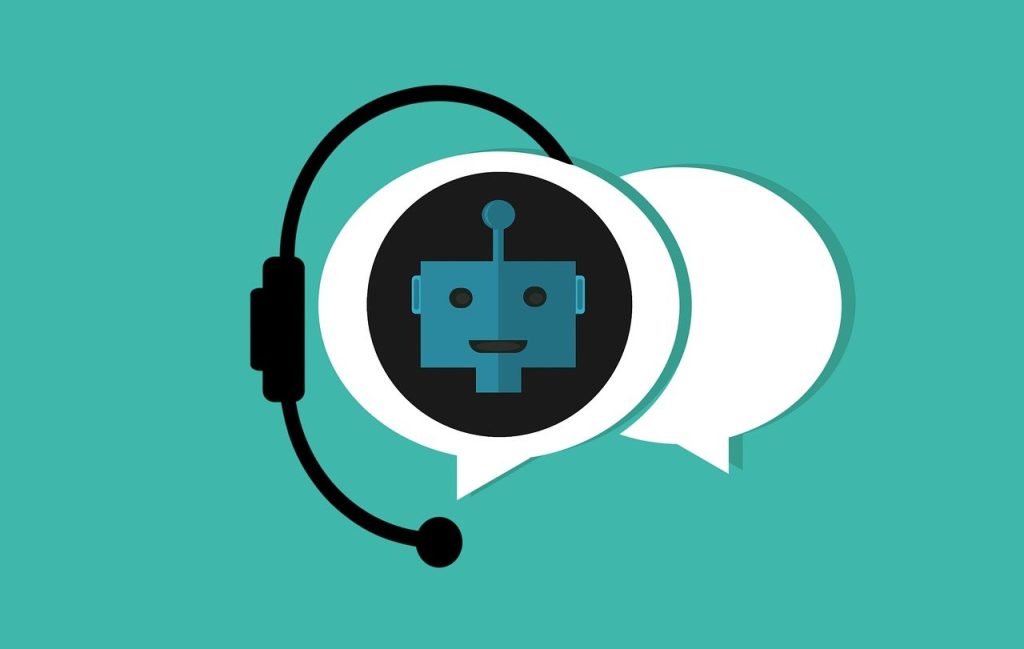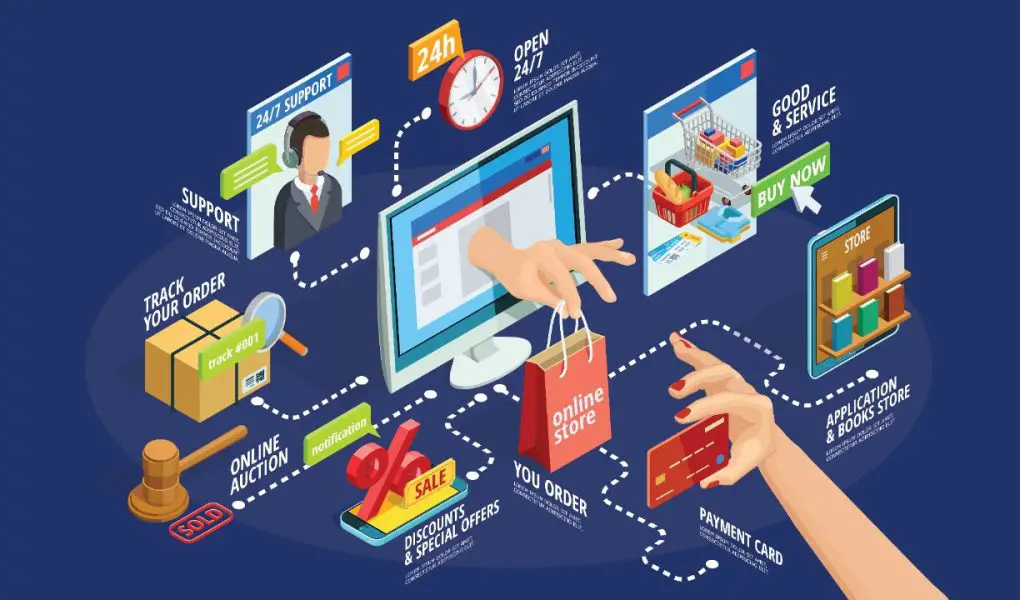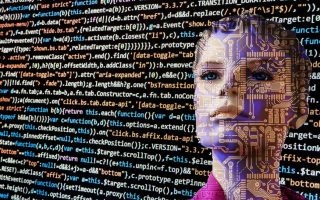Recently I mentioned the fact that AI tools will likely (more than likely) be taking over the jobs of many.
For those who find themselves out of a job, maybe an “if you can’t beat ’em, join ’em” way of thinking could just pay off.
That said, this is the sixth instalment of the AI Startup Idea series, for those thinking about starting their own businesses, instead of hunting for another J-O-B.
Online shopping is now more convenient than ever thanks to the growth of e-commerce.
However, it can also be confusing, particularly when there are so many options and products available.
An AI-powered virtual assistant that provides personalized recommendations and a seamless shopping experience can be useful in this situation.
The process of launching an AI-powered virtual assistant for an online retailer requires many different features and technologies.
An overview of the key technologies, a description of the procedure, and some instances of AI-powered virtual assistants in use are all included in this blog post’s step-by-step instructions on how to Start an AI-Powered Virtual Assistant for Online Shopping Company.
Step 1: Identify the Problem
Finding the issue you want to tackle is the first step in launching an AI-powered virtual assistant for an online retail business. What’s the biggest ‘bone of contention’ for your clients? Is it the time it takes to check out, the difficulty finding the products, or the lack of personalized recommendations?
Once you are aware of the issue, you can explore how an AI-powered virtual assistant can help in finding a solution.
For instance, your virtual assistant could use natural language processing (NLP) to understand clients’ search requests and make product recommendations based on their interests if they are having problems finding specific things.
Step 2: Choose the Right Tech
The next step is to pick the best technology to develop your AI-powered virtual assistant once the issue has been identified. An AI-powered virtual assistant’s success depends on a number of technologies, including:
- Natural Language Processing (NLP) is a category of artificial intelligence that deals with the use of natural language in interactions between computers and people. It allows your virtual assistant to grasp consumer inquiries and answer them in a way that is human-like.
- Machine Learning: Artificial intelligence known as machine learning (ML) allows your virtual assistant to learn from data and get better over time. Delivering personalized recommendations and improving the entire consumer experience depend on this.
- Chatbots: Computer programmes known as chatbots mimic conversations with human users. They give clients a way to communicate with your virtual assistant, making it simple for them to acquire information and finish tasks.
Step 3: Gather Data
Collecting data is the next stage in launching an AI-powered virtual assistant for your online retail business. This contains information about the customer, like past purchases, preferences, and demographics, as well as information about the product, like the cost, availability, and features.
For developing your machine learning algorithms and offering special recommendations, this data is essential. Numerous methods, like consumer surveys, website analytics, and information from your e-commerce platform, can be used to collect it.
How to Start an AI Powered Virtual Tutor Business
5 AI Fraud Detection Startup Ideas
Start an AI Powered Supply Chain Optimization Startup
Step 4: Train the AI Model
The next step after gathering your data is to train your AI model. In order to do this, you must feed your data into machine learning algorithms and then wait for them to learn and predict.
Several machine learning algorithms, like decision trees, random forests, and neural networks, can be applied in this setting. The intricacy of the issue you are trying to address and the quantity of data you have at your disposal will determine which algorithm is ideal for your use case.
Step 5: Build the Chatbot

The next stage is to construct the chatbot after your AI model has been trained. In order to do this, an AI model must be embedded into a chatbot platform along with the appropriate features, like product recommendations, customer assistance, and checkout.
The platforms for chatbots range from Dialogflow to Microsoft Bot Framework and Botpress. The platform you select will rely on your technological know-how, your financial situation, and the particular needs of your virtual assistant.
Step 6: Test and Iterate
Once your chatbot is operational, it’s critical to test it extensively to make sure it’s producing the desired outcome. This involves evaluating the chatbot’s precision, functionality, and user experience as a whole.
Your AI model or chatbot platform may need some changes to be more effective based on the outcomes of your experiments. It’s essential to continue testing and refining throughout this process until you are happy with the results.
Step 7: Launch and Monitor
It’s time to make your AI-powered virtual assistant available to the general public once you are happy with how it performs. This includes adding the chatbot to your website and allowing visitors to use it.
It’s critical to keep an eye on your virtual assistant’s effectiveness and collect consumer feedback. This will allow you to spot any areas that need development and make sure that your virtual assistant is giving your clients the best service possible.
Examples of AI-Powered Virtual Assistants
Amazon Alexa
Amazon Alexa is a virtual assistant that is built into Amazon’s Echo line of smart speakers. Alexa responds to voice instructions and carries out a variety of tasks like playing music, setting reminders, and placing Amazon orders, using NLP and ML.
Google Assistant
Google Home’s smart speakers are equipped with Google Assistant, a virtual personal assistant. To respond to voice commands and carry out a range of actions, including playing music, setting reminders, and responding to queries, Google Assistant uses NLP and ML.
Shopify’s Kit
A virtual assistant that is built within the Shopify e-commerce platform is called Shopify’s Kit. Kit uses ML to recommend tasks for merchants to accomplish and helps them with those chores, such managing product listings and marketing campaigns.
Conclusion
Starting an AI-powered virtual assistant for your online store can have a number of advantages, including better conversion rates and greater customer satisfaction. Choosing the right technology, getting the necessary data, and testing and iterating regularly to boost performance are essential for success.
An AI-powered virtual assistant may be a great asset for your online retailer with the appropriate strategy, assisting in providing a flawless shopping experience and fostering business success.




